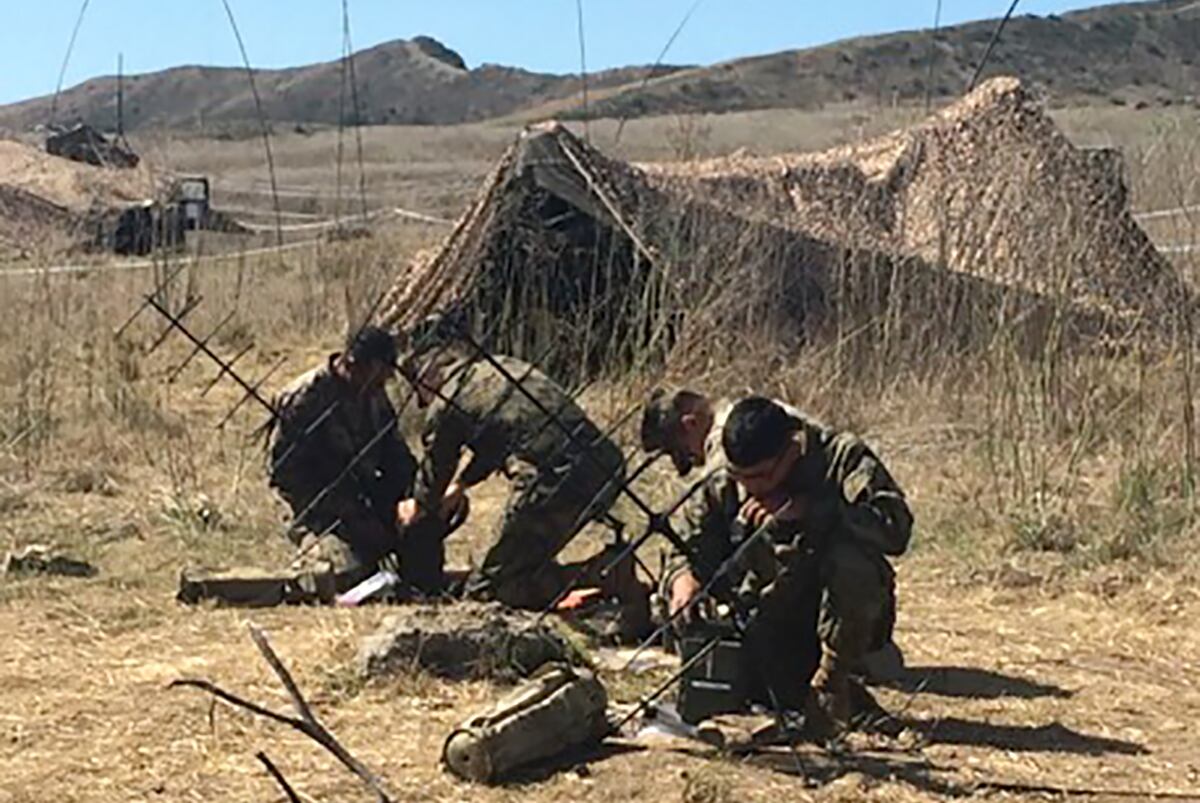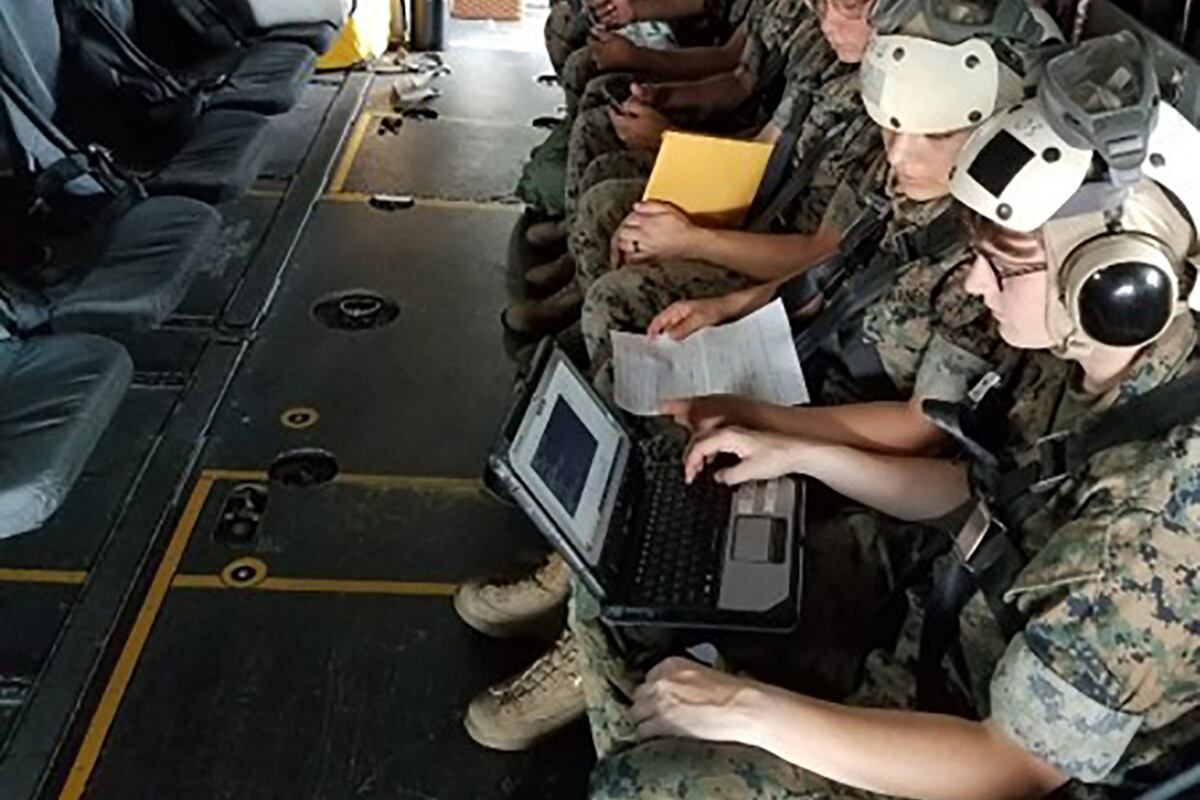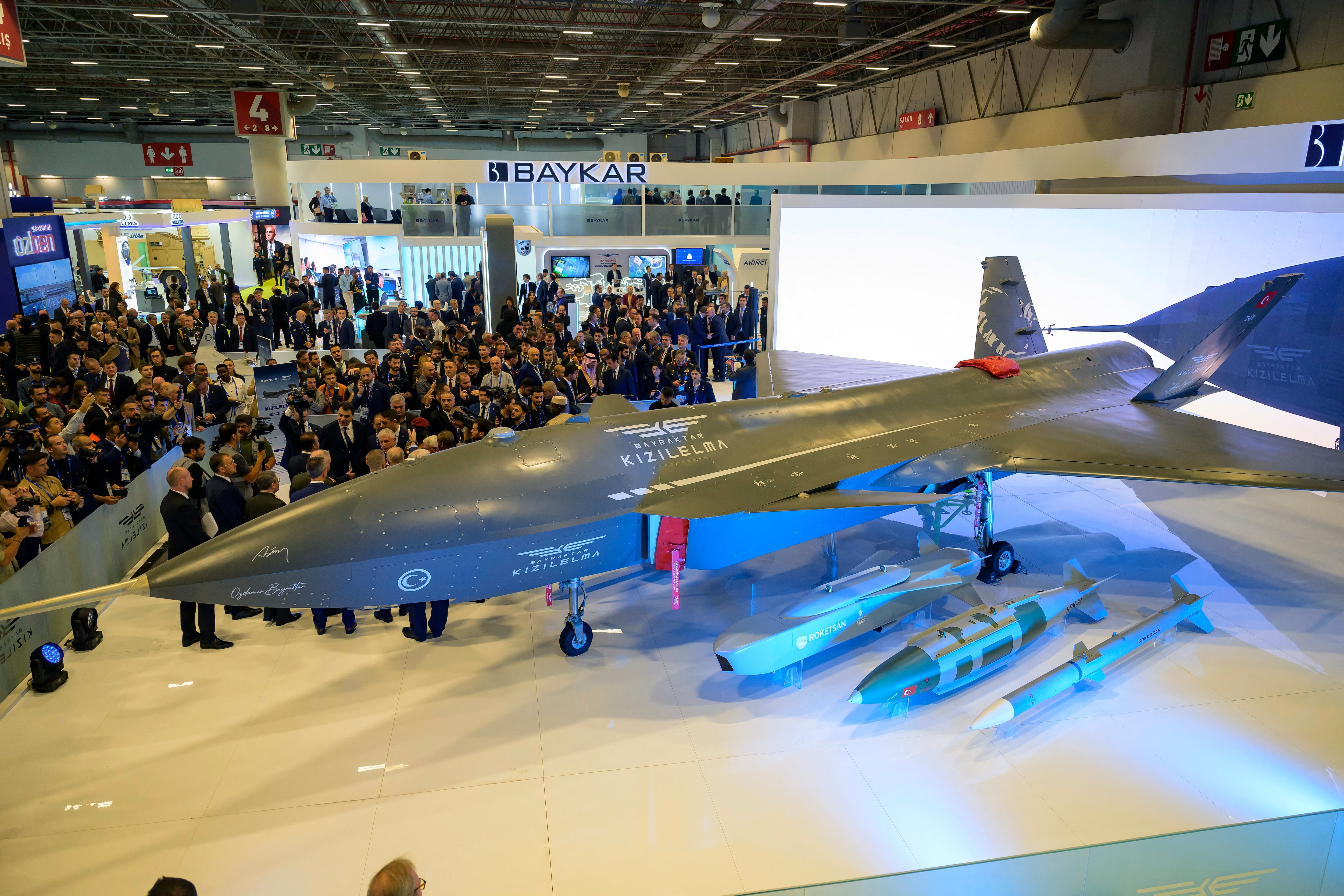From the moment Marines board a MV-22 Osprey to when they hit the landing zone for their mission, hours can pass. Without uninterrupted communications, the situation on the ground can change drastically.
A newly updated network system fielded this month with Marines with the 22nd Marine Expeditionary Unit improves that network connection.
The second increment of the Networking On The Move, or NOTM II, was tested last year and then installed on the Osprey for the 22nd MEU in June.
RELATED

“It can take hours to fly to a location to complete a mission, and during that time, the situation on the ground can change significantly,” said Chris Wagner, NOTM lead engineer in Marine Corps Systems Command Command Element Systems.

With the NOTM system, Marines can collaborate on mission planning while on the move, he said.
“If the situation on the ground changes, we can get updates to the Common Operating Picture, from reconnaissance assets to the commander enabling mission changes while en route,” said Lt. Col. Devin Licklider, program manager of Command and Control Systems.
The system links up to the network about 10 minutes after powering up, officials said.
Currently it is cabled into the aircraft but there are plans to create an on-board Wi-Fi capability, which will be a first for that type of aircraft, Wagner said.
Mission ready, the system can provide communications access for up to five users, including networks, voice, email, video and text, according to officials.
The Osprey component helps those airborne, but the systems command also recently announced a new development to help Marines on the ground connect to the network ― Mobile User Objective System, or MUOS.

The narrowband satellite system gives Marines smartphone-like capabilities to increase voice or data communications access.
“The most obvious [advantage] to operating forces will be the increased accessibility,” said Capt. Shawn Avery, MUOS project office in Command Element Systems at Marine Corps System Command. “This will allow us to explore new operating concepts by pushing on-the-move voice and data connectivity to the squad level.”
Like a smartphone, the MUOS can roam, seeking out signals as it moves from one location to the next, such as communicating in the continental United States and then immediately deploying to another area.
Todd South has written about crime, courts, government and the military for multiple publications since 2004 and was named a 2014 Pulitzer finalist for a co-written project on witness intimidation. Todd is a Marine veteran of the Iraq War.








